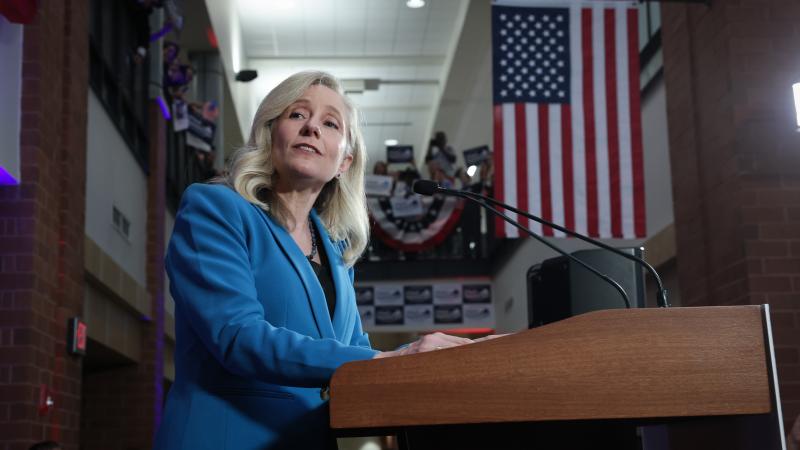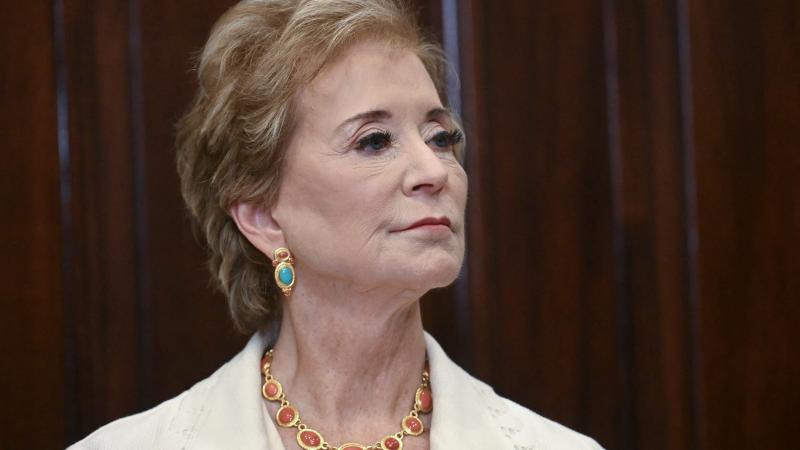Federal guidelines for schools: Face masks, closed playgrounds, one-way hallways
Directions are not mandatory; the CDC calls them 'considerations'
The federal Centers for Disease Control and Prevention is urging schools to implement strict coronavirus mitigation policies as they plan for re-opening, offering guidelines that could fundamentally transform life for millions of students even as more data shows that children are at considerably low risk from the disease.
The non-binding guidelines, posted to the CDC's website, are meant to help educational districts "protect students, teachers, administrators, and staff and slow the spread of COVID-19." Most states ceased in-person education in March and early April for fear that schools could become hotspots for coronavirus outbreaks and transmission.
The federal agency claims there are "a number of actions school administrators can take to help lower the risk of COVID-19 exposure and spread during school sessions and activities."
Among those policies it recommends: Teaching students how to use cloth face masks and reinforcing the use of those masks. Face coverings have become increasingly common throughout the country in recent weeks as health officials sharply reversed their earlier recommendations and began urging people to wear them whenever when leaving home.
"Face coverings may be challenging for students (especially younger students) to wear in all-day settings such as school. Face coverings should be worn by staff and students (particularly older students) as feasible, and are most essential in times when physical distancing is difficult," the guidelines state.
The agency also suggests keeping student desks at least six feet apart "when feasible," as well as "hav[ing] students sit on only one side of tables."
Schools can also "provide physical guides, such as tape on floors or sidewalks and signs on walls, to ensure that staff and children remain at least 6 feet apart in lines and at other times." Administrators might also establish "guides for creating 'one way routes' in hallways."
School officials are also advised to "close communal use shared spaces such as dining halls and playgrounds with shared playground equipment if possible."
Significant evidence has emerged in recent weeks to suggest that children are at minimal risk of contracting and/or spreading the disease, and that severe cases of the illness remain rare among younger individuals.
Scientists in Australia last month determined that "children are not the primary drivers of COVID-19 spread in schools or in the community."
World Health Organization Chief Scientist Soumya Swaminathan, meanwhile, said last week that "children don't seem to be getting severely ill from this infection," and that there "have not been big outbreaks in schools."
















